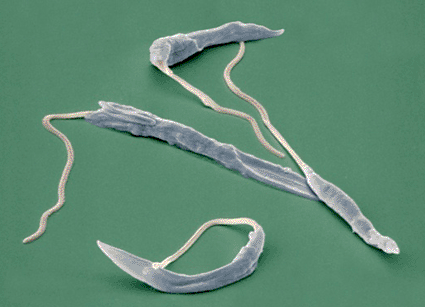Novel Process Allows Manipulation of Parasite Surface Coating
By LabMedica International staff writers
Posted on 02 Jun 2009
Molecular microbiologists have used the protozoan parasite Leishmania major as a model system while developing a novel method for control of lipophosphoglycan (LPG) synthesis. Lipophosphoglycan is a class of glycosyl phosphatidylinositol attached to a large polysaccharide structure that coats the surfaces of many parasitic protozoa. In Leishmania, this coat helps the parasite invade host cells while avoiding the host's immune response. It may also help in protecting against antimicrobial drugs.Posted on 02 Jun 2009
In the May 5, 2009, issue of the journal Proceedings of the [U.S.] National Academy of Sciences (PNAS), investigators from the Washington University School of Medicine (St. Louis, MO, USAu) described a system for inducible expression of LPG, applying a novel protein-based system that allowed controlled degradation of a key LPG biosynthetic enzyme, UDP-galactopyranose mutase (UGM). This methodology relied on a mutated FK506-binding protein (FKBP) destabilizing domain (dd) fused to UGM. In the absence of rapamycin analogs, such as Shld1, the dd domain was destabilized, leading to proteasomal degradation of the enzyme, whereas drug treatment conferred stabilization. The concentration of rapamycin analog in the system determined to what extent UGM was degraded, which, in turn, determined how much LPG was synthesized.

Image: Colored scanning electron micrograph (SEM) of several Leishmania major parasitic protozoans (Photo courtesy of the Eye of Science).
"Leishmania's carbohydrate coat is important to the parasite's survival when it infects sand flies, the insects that transmit it, and in the early stages of human infections,” said senior author Dr. Stephen Beverley, professor of molecular microbiology at Washington University School of Medicine. "By manipulating the coat's presence, we hope to learn more about how it helps the parasite survive and potentially provide new targets for drug development. This opens up many new doors to studying Leishmania, because we have not previously had a way to manipulate the parasite in such a rapid and direct fashion. We are currently implanting this tuning system in several interesting proteins and using it to further study the carbohydrate coat.”
Related Links:
Washington University School of Medicine













